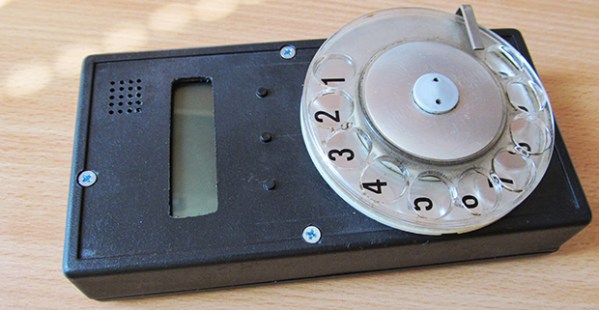Reuters has reported that Qualcomm will purchase NXP for $38 Billion in the largest semiconductor deal ever.
This deal was rumored last month in a deal worth about $30 Billion. Qualcomm’s name should be familiar to all Hackaday readers – they have an immense portfolio of mobile processors, automotive chips, and a ton of connectivity solutions for WiFi, Bluetooth, and every other bit of the EM spectrum. NXP should also be familiar for their hundreds of ARM devices, automotive devices, and Freescale’s entire portfolio.
The deal for $38 Billion is just a bit larger than the previous largest semiconductor deal, Avago’s purchase of Broadcom for $37 Billion.
This latest acquisition has followed acquisitions of ARM Holdings by Japan’s Softbank, On and Fairchild, Avago and Broadcom, NXP and Freescale, Microchip and Atmel, Intel and Altera, and a few dozen we’re forgetting right now. The good news is this immense industry consolidation won’t result in a single gigantic chip maker; there will probably be two or three gigantic chip companies in the future. If I may dredge up an observation from a Mergers and Acquisition post from this summer, this trend didn’t go well for Hughes, Fairchild, Convair, Douglas, McDonnell Douglas, North American, Grumman, Northrop, Northrop Grumman, Bell, Cessna, Schweizer or Sikorsky. It went very well for Lockheed, Boeing, and Textron.


















